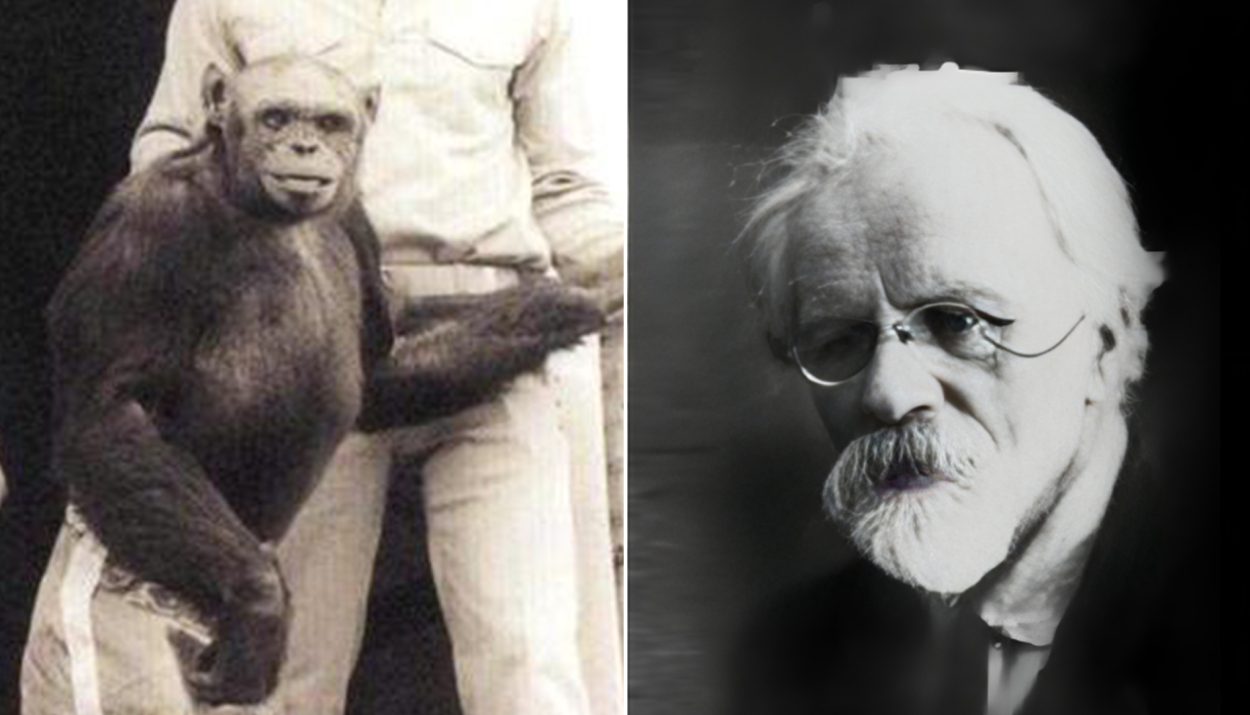Mixed-species creations known as chimeras exist in society. However, humanity has had a longstanding tradition of not making chimeras with human DNA. That is, except for this Russian scientist who thought he knew better. Let’s take a look at this unhinged madman and what he tried to do for the glory of Soviet Russia.
A Ridiculous Concept to Most
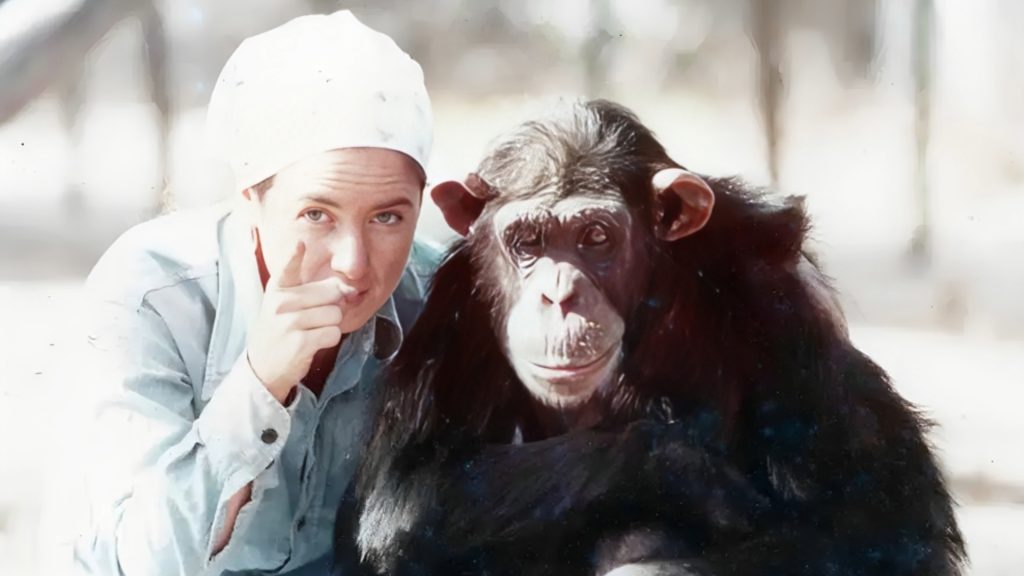
The idea of cross-breeding is not a new one. Ancient agricultural societies have cross-bred plants for generations to produce the food we eat today. Selecting breeding is also responsible for producing some species of livestock, giving us a concrete reason for the research.
Yet the thought of a half-human, half-ape, for example, is slightly ridiculous. Looking at people wearing half a Halloween costume is patently funny. But only because they can take off the outfit. The idea of a mixed-species human is a scary thing to consider.
A Mythological Precedent

Half-human, half-something hybrids have formed a part of mythology in many parts of the world. In India, the God of Wisdom, Ganesh, is always depicted with the head of an elephant, to reference the elephant’s extended memory. In Ancient Egypt, the God of Death, Anubis, is shown with the head of a jackal since they are associated with death.
Even literature refers to the human hybrid, although to invoke fear rather than awe. The description of the Minotaur of Crete talks of a human-bull combination that eats humans. Sirens of sea lore are half-women, half-half snakes with songs that lure men to their doom.
A Reflection of Humanity
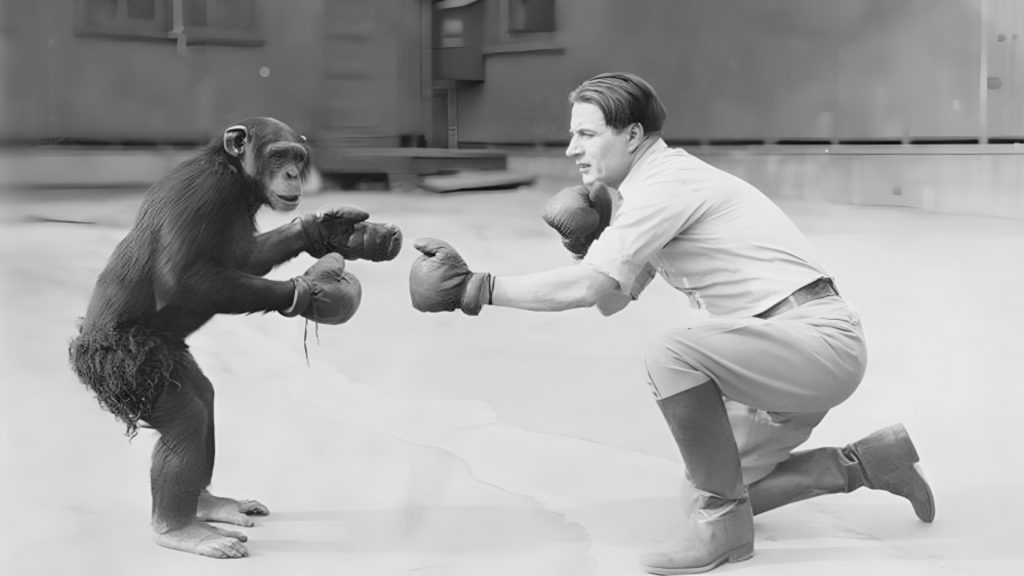
These human-beast hybrids reflect our nature as humans. On the one side, there’s the rational and the logical; on the other, there’s the primal that drives us by instinct. We are all animals, although a bit more developed than most others. Combining humans with animals blurs that line.
For this reason, folk stories that combine the elements of humans and animals usually paint them in a negative light. It shows that if we give in to our animalistic side, we might lose what makes us human and a healthy respect for other human life.
Pushing The Boundaries of the Known

Science is about exploring what we think we know and pushing the boundaries of the unknown. Ilya Ivanov was into pushing the boundaries, but in his case, he didn’t know when enough was enough. In Soviet Russia in the 1920s, he would have his work cut out for him.
Ilya wanted to see what would happen if he mixed the DNA of a human being with that of an ape. There’s a discounted urban legend that said Joseph Stalin wanted an army of human-ape hybrids for his army. While the tale is false, there’s a kernel of truth in there.
What’s True And What Isn’t

Stalin may not have wanted a hybrid human-ape army, but he did want certain things. The most important one was securing his grip on the Russian people. To this end, intellectuals (especially scientists) and religious leaders were viewed with contempt and even jailed.
Records recovered from the Soviet Union show that the first ape-human hybrid experiments were done under Stalin’s rule. But Ilya got funding by playing to the sensibilities of the establishment and finding the right buttons to push. It turns out the Russian government hated religion even more than it hated science.
Pitching The Soviet Union

Ilya had his work cut out for him, but luckily, he knew the buttons to turn for maximum effort. As a qualified biologist from Paris, the administration held no great love for him. However, by couching his request in a way that would make sense for them, he managed to secure funding.
Just telling them he wanted to experiment with human-monkey hybrids wouldn’t cut it. He would have to get sneaky. So, instead, he told them he wanted to show humans were superior to God by creating a new species that mixed two of them. The administration was sold and gave him funding and a trip to Africa.
Setting Up For Failure

Ilya was ready to start experimenting, except he had no human volunteers. In French Guinea, where he was stationed, he first put out a call for human female volunteers. Yet no matter how much he would offer as payment, no one was taking him up on the offer.
If he had spent a few minutes researching the social situation there, he would have realized this approach wouldn’t work. The tribes in the area had a rumor of apes carrying off human females and having their way with them, which led to ostracism. No woman would cause that to herself, no matter the compensation.
Changing Approach to Match Resources
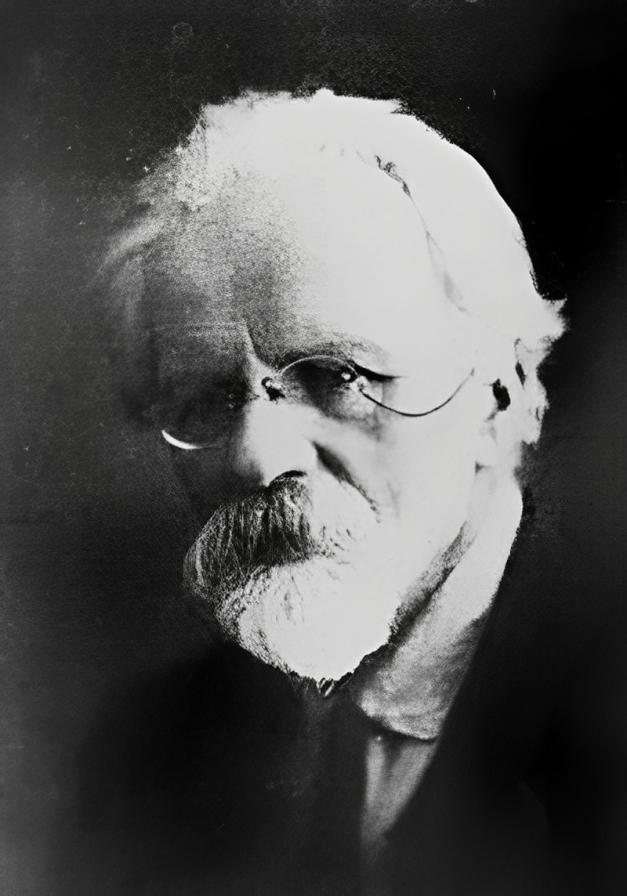
When the local women wouldn’t agree to go along, Ilya shifted gears. He conscripted men from his team (who were kept anonymous) to donate sperm samples. He would use these to impregnate female chimpanzees, hoping to achieve a breakthrough in the process.
He only had one problem – female chimpanzees were proving ridiculously hard to catch. His crew managed to get thirteen chimps and inseminated them, but no embryos were observed. After several months with no success, he was in danger of ending up in a gulag. But he had one more option.
A Sneaky, Underhanded Approach
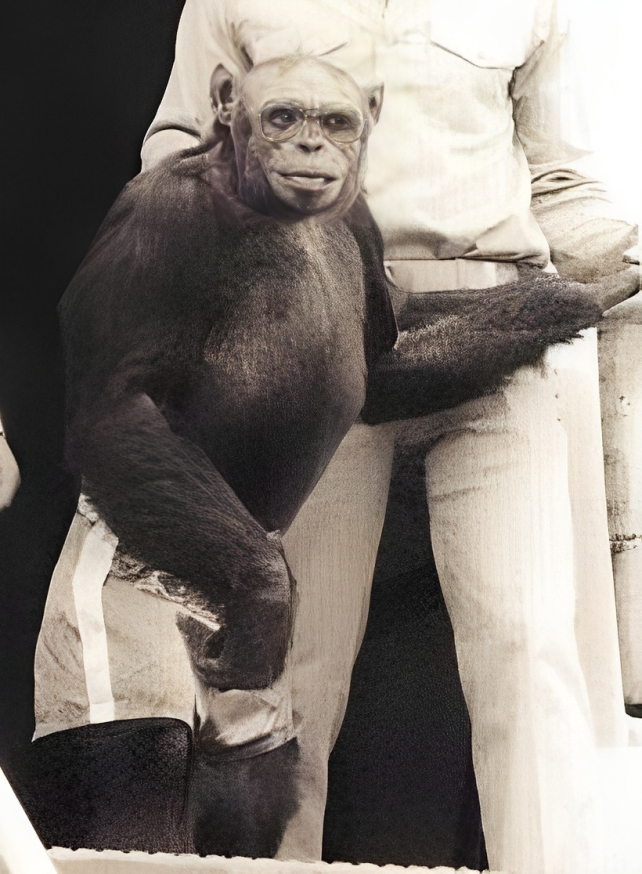
French Guinea lacked qualified doctors, and Ilya noticed this early on his arrival. After a bit of consideration, he realized this could work in his favor and started offering free gynecology exams for women. After all, he was a qualified biologist.
What the women didn’t know was that he was inseminating them with chimp sperm without their knowledge and consent. Ilya figured the problem was with the men and aimed for women for this batch. Luckily, the authorities caught onto his scheme and promptly shipped him home.
Grasping at Straws in the USSR

Back on Russian soil, Ilya had even more problems. Since he didn’t have any chimps available for experimentation locally, he had to pay for them to be shipped in. A shipment of thirty chimpanzees left Africa, but only four of them survived the journey.
With all these setbacks, he still had another problem – no willing volunteers. If he tried to be sneaky here and inseminate women against their knowledge and consent, he’d be sent to a gulag for sure. He decided he’d had to put out a call for women to donate their bodies to science.
Calling All Volunteers, Anyone?

Ilya put out a general call to any woman who would be interested in donating her body to science. Unsurprisingly, the responses were thin on the ground. When the ad ran, only a single respondent was willing to donate their body and womb to science.
This woman (who we’ll call G) wrote back to Ilya, telling him that her life was in shambles and she didn’t know what else to do. Her tone made it seem as though she was desperate, and even though she volunteered, it might not be the conviction of a sane, rational person.
A Lucky Break

By this time, the entire scientific community knew what Ilya was doing, and most of them condemned him or ridiculed him for his experiments. The Soviet Union was not a place where failure was taken lightly, and since they funded him, they had egg on their face and nothing to show for it.
Ilya was unceremoniously removed from his position before he could start experiments on G. Records show he was caught up in a “purge” in 1930, resulting in his banishment to Kazakhstan. He died there some years later, never having fulfilled his goal.
Bypassing Every Ethical Guideline

Scientific breakthroughs have to go hand in hand with the boundaries and guidelines that modern science allows us. There have been some pretty heinous experiments in the past that gave us a deeper understanding of the human body. But the ends never justify the means.
Part of the reason that Ilya’s experiments were seen as ill-guided has to do with the idea of a human-hybrid chimera being an affront to humanity itself. Yet, despite this, there’s no shortage of experiments in modern times looking for the elusive hybrid.
Cross-Species Human Experiments in the Modern World

Ilya might be dead, but his goal remains in the minds of modern scientists. Recent experiments into hybrids have turned out several chimeras. In 2017, the Salk Institute created human-pig hybrid embryos, which were terminated before maturity. This raised the ire of the international scientific community.
In 2019, a collaboration of scientists from Spain, China, and the US succeeded in creating a human-monkey hybrid embryo. This embryo was also terminated before maturity and led to calls for a banning on funding for this type of research.
Science vs. Morality – The Eternal Question

Science has access to a lot of technologies that make it easier to do cross-species experiments. Technologies such as Cas9-CRISPR simplify replacing portions of DNA in certain species. Other technologies make it easier to combine gametes to create hybrids.
Yet, in the midst of this, the looming barrier is there. Even though we can do something, should we do it? There are certain boundaries that science has to look at when doing experiments to ensure that it doesn’t cross the line.
A Ban on Funding Can Slow Research

Progressing research usually means getting funding, developing studies, and showing results. Ever since science has been edging into the realm of “editing” humans, there has been a pause on funding for research into this area of science. There is an air of uncertainty about what we may create.
Despite this, there are calls for research into hybrid embryos to continue because it could provide valuable insight into us as a species and the other creatures we share the world with. There is also a wide range of practical applications for these creatures.
Why Would People Want to Fund Research Into Chimeras

With so many people against the idea of human hybrids, it’s strange to see the discussion about funding the research continue. So, what gives? Why would people even bother funding this research if it makes so many others uncomfortable about what it can produce?
There are many avenues of research that chimeras touch on. Development in this field feeds directly into stem cell research, which could have an impact on managing degenerative diseases. Another one is to create more “human-like” research subjects for medical testing.
Transplant Material Is Another Area of Interest

Organ transplants can be tricky operations. Many times, bodies reject new organs, and the recipient must take immunosuppressants for the rest of their life, weakening their immune systems. Chimeras offer a solution to this shortcoming in an interesting way.
When human cells are used to grow these organs, especially from a particular person’s DNA, the organ would fit in with the rest of the recipient’s body. This could translate into fewer rejections and a far higher success rate for organ transplants.
Human-Monkey Embryos Next?
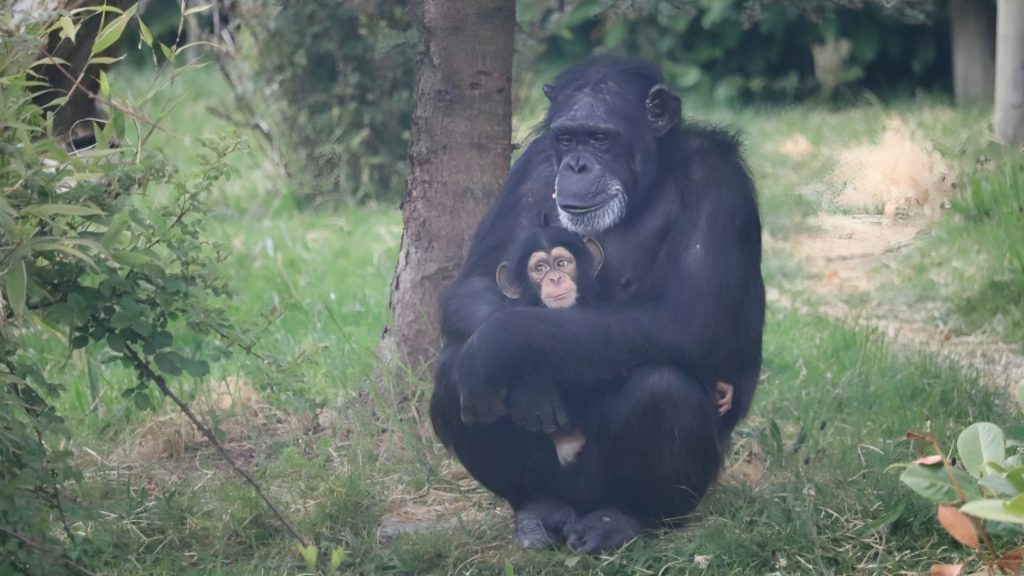
The ethical considerations of a human-monkey embryo are huge. What would be the state of the embryo? Would the human cells colonize most of the embryo’s brain? What would the state of a newborn monkey with a majority of human cells in its brain?
While we can do these things, the most crucial consideration is whether we should do it. We can look at some things that may benefit humankind as a whole. But we should take each case on its own merit and consider carefully its implications on science and society.
A Blanket Ban on Research Might Be the Wrong Approach

At the moment, many countries of the world have a ban on any human-based research. Anything that vaguely resembles human hybrid research has found it excessively hard to get funding, especially from Western-based companies. This blanket ban could negatively impact scientific improvements in stem cell research.
Instead, human hybrid research should be taken on a case-by-case basis. In that way, we can explore the boundaries of what we know while still paying attention to the ethical concerns this sort of research brings. With great power, after all, comes great responsibility.
A Real-Life Planet of the Apes?
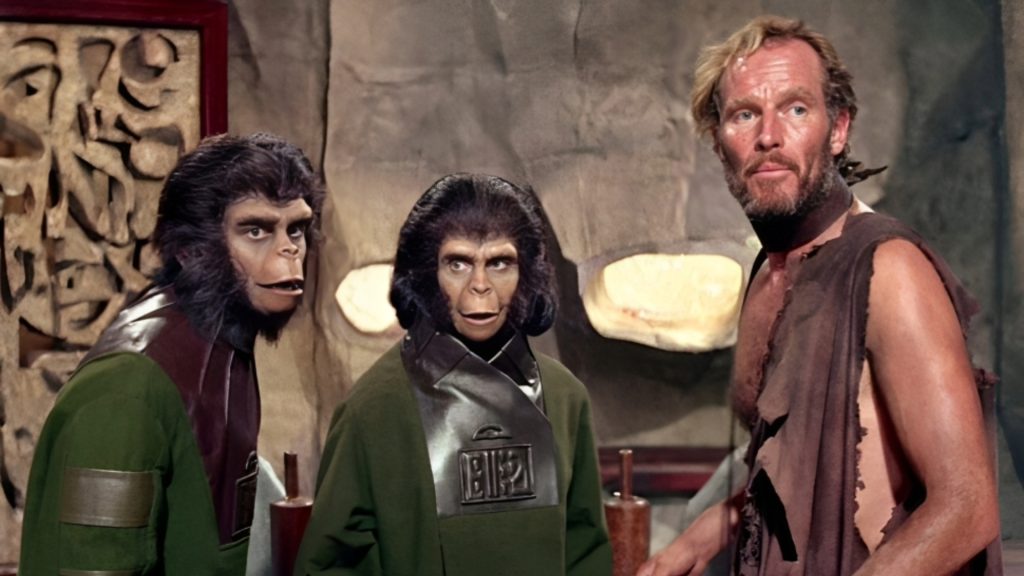
The movies paint a stark picture of a society where apes are the dominant species, and humans are reduced to an animal form without speech or free thought. It’s unlikely this would ever happen even if we went ahead with chimera research without the proper checks and balances.
But those guidelines are essential. Humans have a lot of power to change the world, but we must be careful how we use it. We might not see human-monkey hybrids in the near (or even distant) future. And that might be a good thing. We could do with less scientists idolizing Ilya Ivanov.

